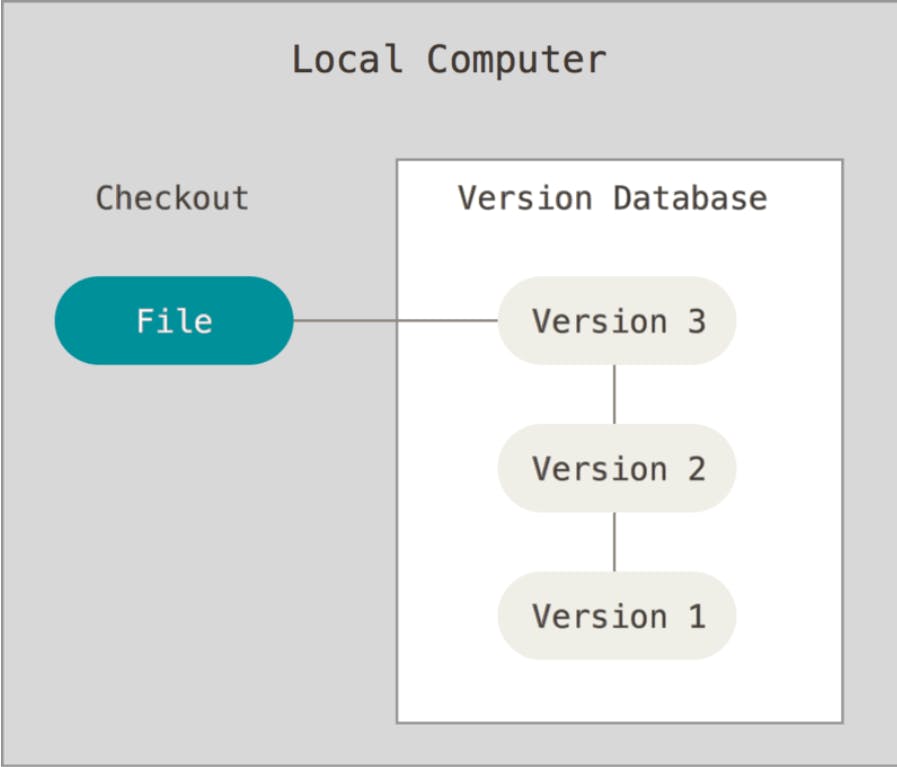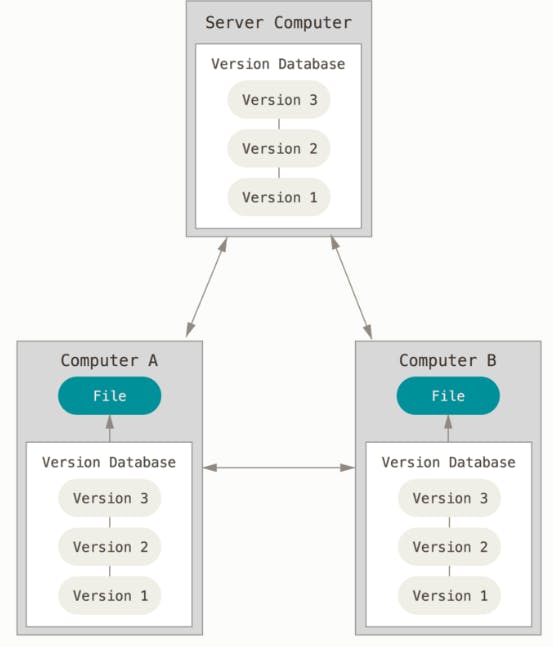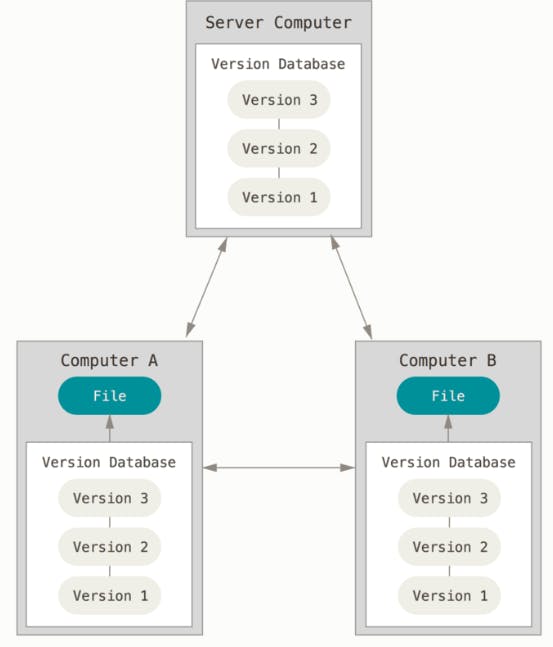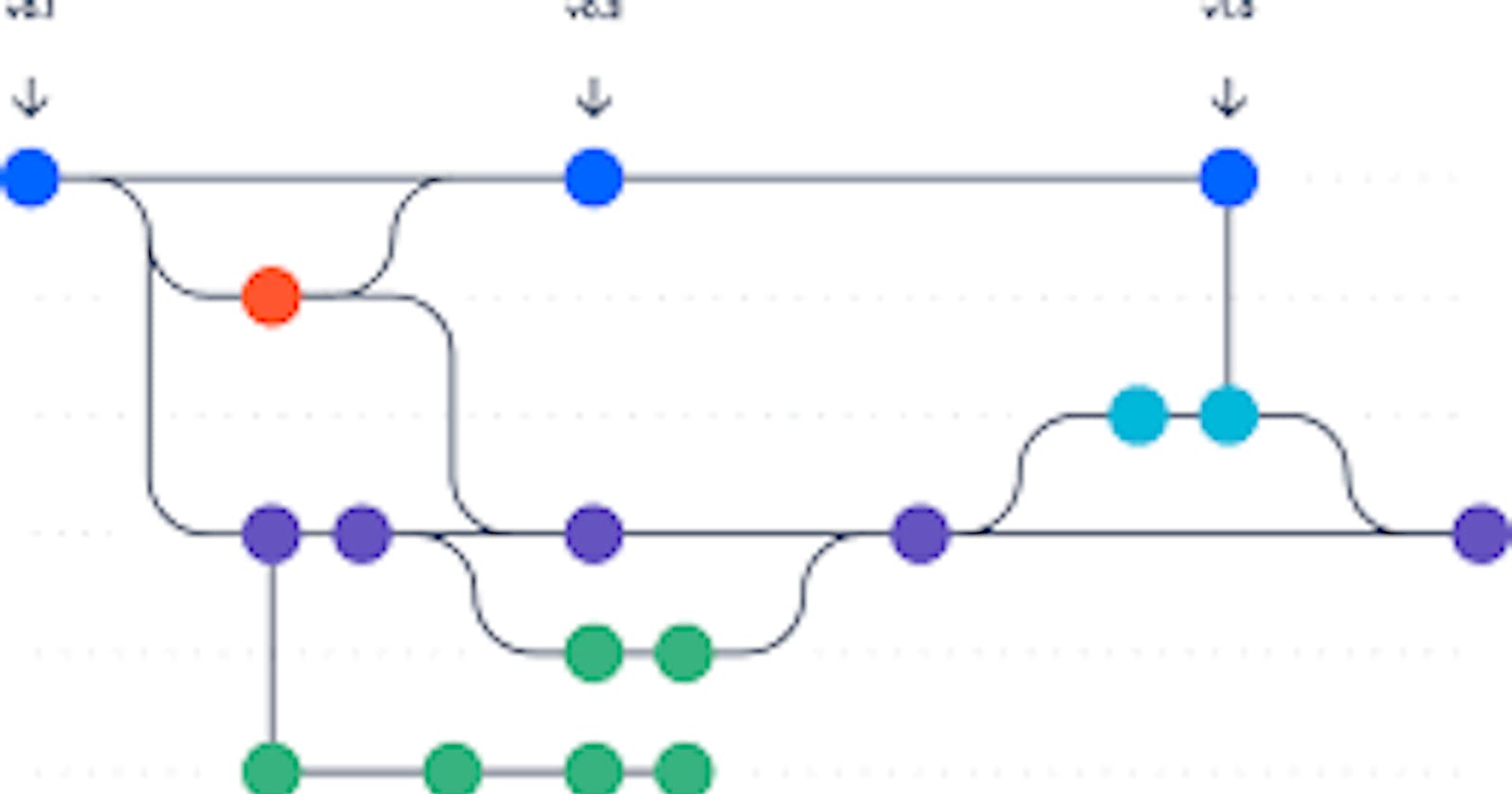Table of contents
No headings in the article.
Do you remember your marks when you were in class 1st?
I am sure you won't. You have even forgotten the marks of 1st, 2nd, 3rd, 4th, 5th, 6th,7th, and so on.
So it's impossible to remember the changes we have done to improve ourselves during those years.
Let's suppose when you were in class 1st your version was "verson1" and same goes for another classes too.
"class1" -----> "version1"
"class2" -------> "version2"
.
.
.
"Class 10" -------> "version10"
Just imagine if we remember all the changes that happened to us over time. we would have been stronger. This is what version control does to a software. Let's understand this in detail.
- What is a version control System?
Version control is a system that records changes to a file or set of files over time so that you can recall specific versions later. It helps us navigate to the versions of our choice.
- Why version Control system?
The following are the reasons to use a version control system.
Helps us to compare changes over time
Helps to revert selected files back.
can revert the entire project back.
Records the history of who made the changes and when.
If a file is screwed or lost it can be recovered.
Types of version control system?
There are three types of version control system and they are as follows:
- Local version control system
Local version control system is a local database located on your local computer and file is stored as patch.
e.g. RCS(Revision Control System)

- centralised version control system
Centralised version control system is a server that acts as a main repository. They have a single server that contains all the versioned file and a number of clients that checkout files from central place. e.g CVS(centralised version control Sytsem)

- Distributed version control system The distributed version control systems client don't just checkout the latest snapshot(The image of how the version looks) of the file, they fully clone or mirror the repository into its full history.
 e.g Git
e.g Git
For more details you can read the official documentation of GIT.
